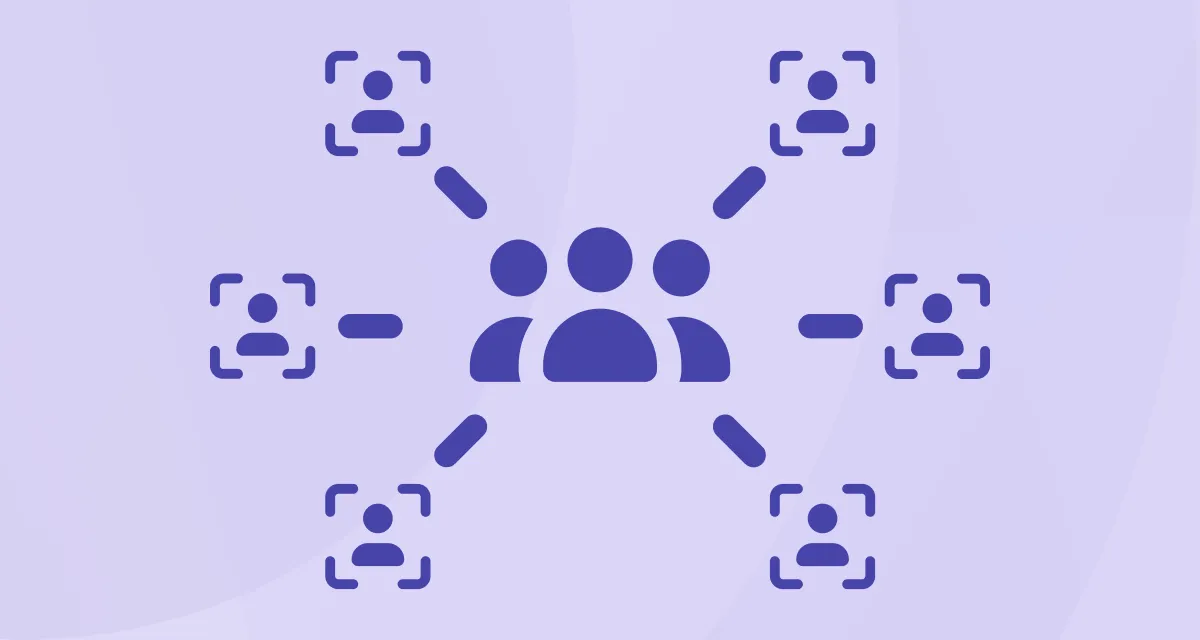If you’re in the construction industry, you know the challenges of managing complex projects with tight schedules and scarce resources. What if there was a way to streamline project timelines, reduce delays, and manage resources more effectively? Enter Critical Chain Project Management (CCPM). Let’s dive into how this method is making waves in the construction world, with insights from some recent studies.
Critical Chain Project Management (CCPM)
Introduced by Goldratt in 1997, CCPM emphasizes the strategic placement of buffers to protect the project timeline against delays. Unlike the Critical Path Method (CPM), which centers on task sequences and timelines, CCPM prioritizes resource availability and task dependencies, effectively managing uncertainties and human factors such as Student Syndrome and Parkinson’s Law.
Speeding Up Residential Projects with a New Scheduling Approach
Livia Anastasiu and her colleagues conducted an experiment on finishing works for residential buildings. Their goal was simple: see if CCPM could shorten project timelines compared to the usual Critical Path Method (CPM).
The results were striking. By focusing on the critical chain—the sequence of tasks that directly impacts the project completion date—they shaved off significant time. Projects that were scheduled to take 187 days were completed in just 151 days, a 20% reduction. This study highlights how CCPM can be a game-changer for finishing work in residential projects, making schedules more predictable and manageable.
Avoiding Delays and Saving Money with Better Project Management
An Indonesian construction company faced chronic delays and hefty late fees. Researchers Andiyan and his team tackled this issue by evaluating three methods: CPM-Crashing, CPM-PERT, and CCPM.
They found that CPM-Crashing could help save money by accelerating project timelines through increased resource investment. However, the real standout was CCPM. When applied, CCPM not only provided a new, more reliable schedule but also significantly reduced project costs. For instance, CCPM could complete a project in 189 days, compared to 252 days with traditional methods, leading to substantial savings.
Making Construction Projects More Predictable and Efficient
A team of researchers, including Guofeng Ma and Aimin Wang, has developed an improved CCPM framework specifically for the construction industry. Traditional scheduling methods often fall short because they don’t account for the many uncertainties that can derail a project. This new framework takes a more holistic approach.
By considering factors like environmental conditions, resource availability, and management experience, the framework helps create more realistic buffer sizes. It also introduces a way to level multiple resources effectively, ensuring that no single resource becomes a bottleneck. The results? Projects that stay on track more often, with fewer costly delays.
Cutting Down Construction Time with CCPM and BIM
In another fascinating study, Truman Sinaga and Albert Eddy Husin showed how combining CCPM with Building Information Modeling (BIM) can drastically cut down project durations. They focused on the construction of a high-rise residential building’s basement.
Typically, weather and delivery delays can push projects off schedule. By using CCPM to strategically place buffers, and BIM to visualize and manage project components, they reduced the construction time from 432 days to just 293 days. That’s a whopping 32% improvement! This approach shows how modern tools and methodologies can come together to solve age-old construction problems.
Why CCPM Should Be Your Go-To Method for Construction Scheduling
CCPM is proving to be more than just a theoretical concept. Its practical applications in real-world projects show that it can significantly reduce delays and costs. By incorporating buffer management and focusing on resource constraints, CCPM provides a more realistic and manageable approach to project scheduling.
So, if you’re tired of projects running over budget and behind schedule, it might be time to give CCPM a try. Whether you’re dealing with complex infrastructure projects or residential buildings, this method could be the key to smoother, more predictable project outcomes.
Final Thoughts
The construction industry is always evolving, and staying ahead means adopting new methodologies that address old problems in innovative ways. CCPM, backed by the latest research and real-world applications, offers a promising solution to some of the most persistent challenges in construction project management. So why not give it a shot? Your next project could be your best yet.
References
- Ma, G., Wang, A., Li, N., Gu, L., & Ai, Q. (2014). Improved Critical Chain Project Management Framework for Scheduling Construction Projects. Journal of Construction Engineering and Management, 140(12), 04014055.
- Sinaga, T., & Husin, A. E. (2021). Analysis of Time Efficiency with CCPM Method and BIM in Construction Projects Construction of High-Rise Residential Building Basement. Civil Engineering and Architecture, 9(5), 1465-1477. https://doi.org/10.13189/cea.2021.090519
- Anastasiu, L., Câmpian, C., & Roman, N. (2023). Boosting Construction Project Timeline: The Case of Critical Chain Project Management (CCPM). Buildings, 13(5), 1249. https://doi.org/10.3390/buildings13051249
- Andiyan, A., Putra, R. M., Rembulan, G. D., & Tannady, H. (2021). Construction Project Evaluation Using CPM-Crashing, CPM-PERT and CCPM for Minimizing Project Delays. Journal of Physics: Conference Series, 1933(1), 012096. https://doi.org/10.1088/1742-6596/1933/1/012096











